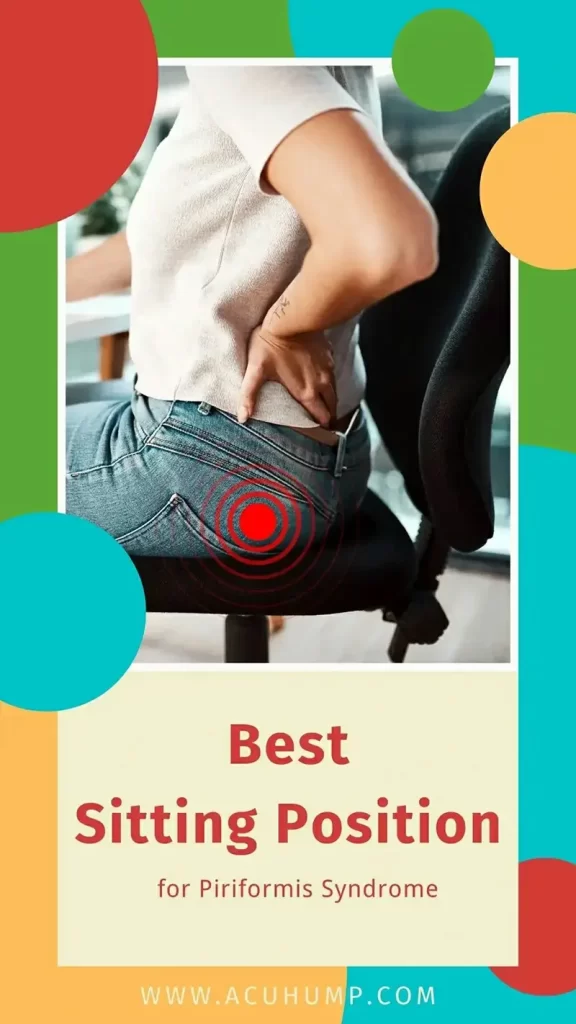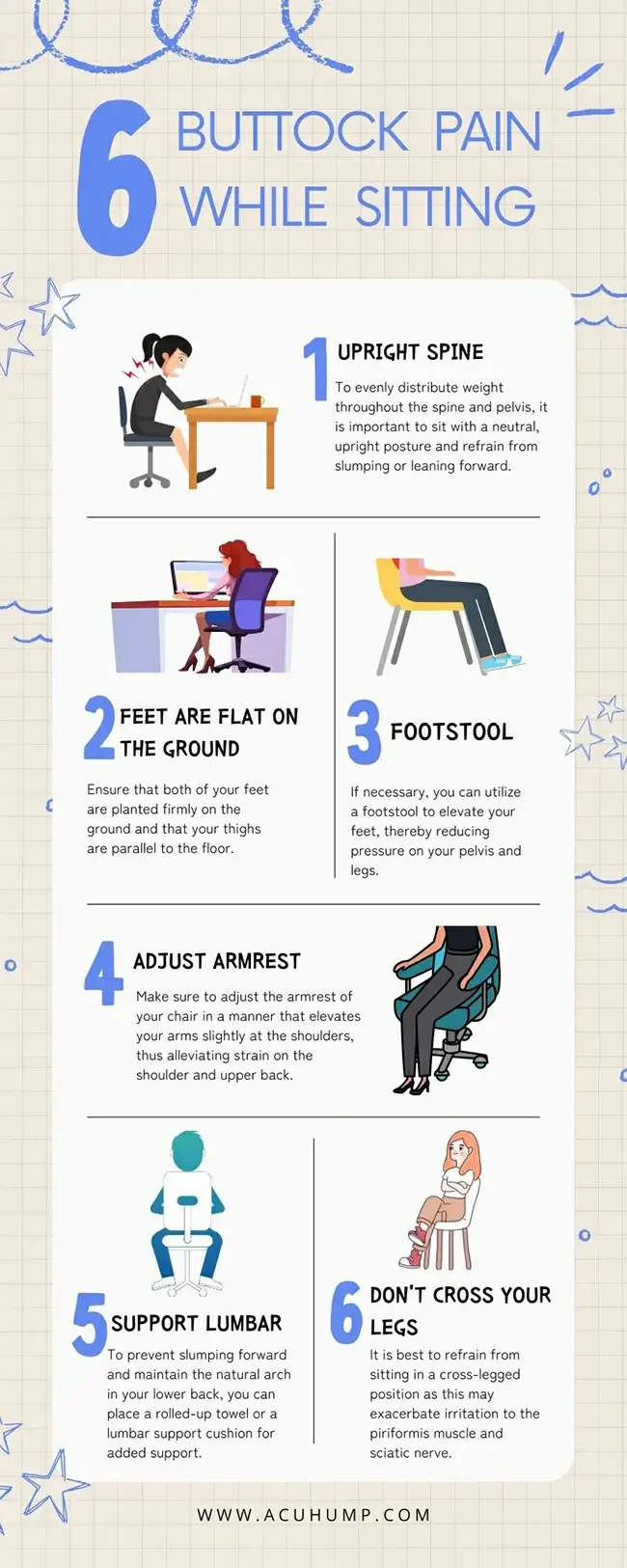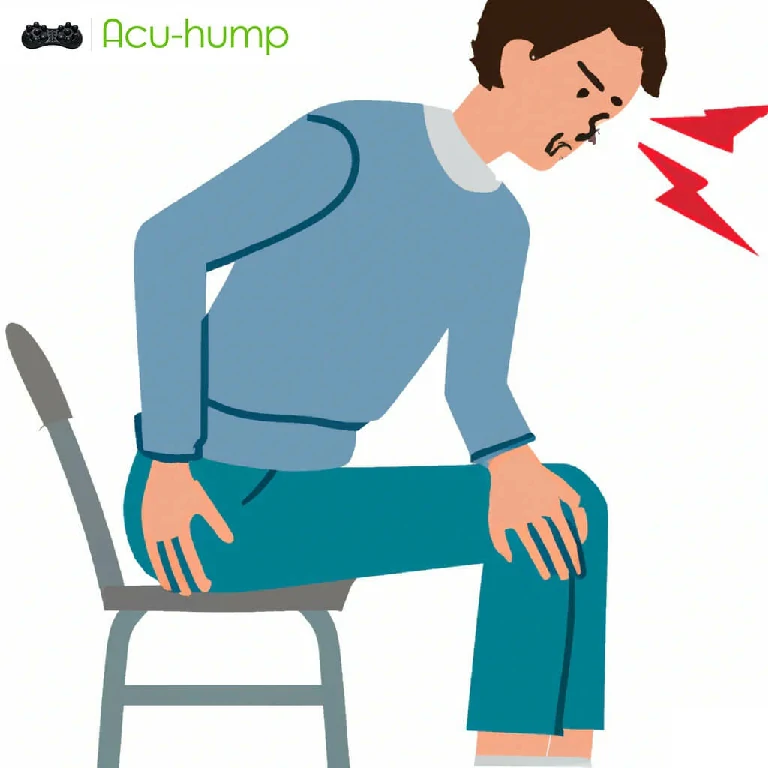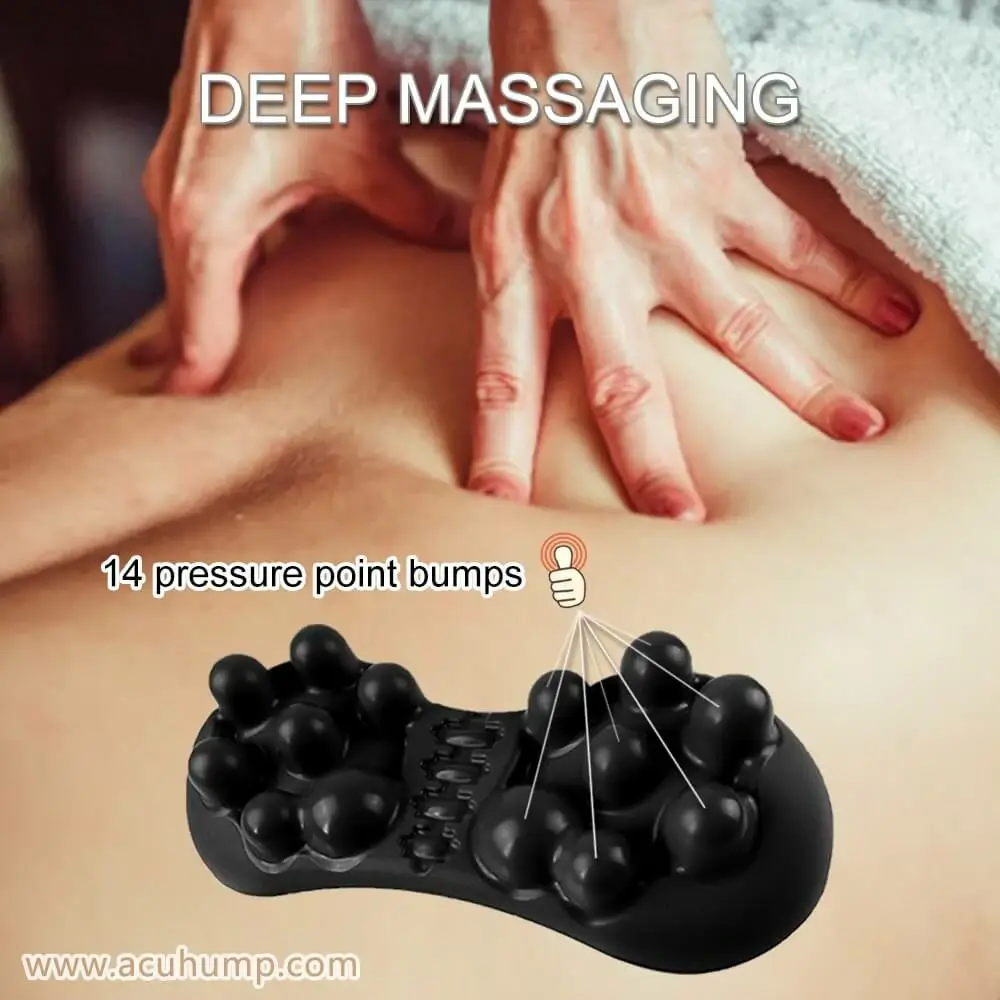Piriformis syndrome can significantly impact daily activities and quality of life. It is crucial to practice self-care, including maintaining a proper sitting position, to alleviate signs and promote overall well-being.

What is Piriformis Syndrome
Piriformis syndrome occurs when the piriformis muscle irritates or compresses the sciatic nerve. This can result in symptoms such as buttock pain, numbness, tingling, and difficulty sitting or walking.

How to Sit with Piriformis Syndrome
The ideal good posture for individuals with piriformis syndrome is vital. It promotes spinal alignment and minimizes muscle spasms on the piriformis muscle. It is important to sit on a chair with proper back support and adjustable features.
To maintain a neutral spine, align the hips and knees at a right angle, and keep the feet flat on the floor. Using a seat cushion or wedge can help tilt the pelvis forward slightly and relieve pressure on the piriformis muscle.

Using an ergonomic chair with adjustable features is highly beneficial for individuals with piriformis syndrome. These chairs provide proper back support, promoting spinal alignment and reducing muscle spasms of the piriformis muscle. With adjustable features, such as lumbar support and armrests, individuals can customize their sitting position for sitting pain relief and enhance overall comfort.
In addition to using an ergonomic chair, incorporating a seat cushion or wedge can further ease pressure on the piriformis muscle. These cushions help tilt the pelvis forward slightly, relieving strain and reducing discomfort. By redistributing weight and promoting proper posture, seat cushions or wedges can significantly improve sitting comfort for pain relief for long periods of time.

Alternative sitting positions can also be considered for individuals with piriformis syndrome. Using a stability ball as a chair alternative can help engage core muscles and promote better posture, reducing pressure on the piriformis muscle. Another option is a kneeling chair, which encourages an upright and aligned spine, relieving strain on the lower body. These alternative sitting options can provide relief and allow individuals to vary their sitting positions throughout the day.
Lastly, incorporating a standing desk into the workspace can be highly beneficial for individuals with piriformis syndrome. Alternating between sitting and standing can help relieve pressure on the piriformis muscle and promote better circulation. Standing desks are adjustable, allowing individuals to find their preferred positions and ease the strain on the affected area.
By exploring these recommended sitting positions and making adjustments to support proper alignment and reduce strain, individuals with piriformis syndrome can alleviate symptoms and improve overall well-being.
Lifestyle Adjustments to Prevent Piriformis Syndrome Flare-ups
In addition to sitting properly, maintaining a balanced lifestyle is crucial. Managing stress levels, getting enough sleep, and adopting proper body mechanics during activities are essential for preventing flare-ups.
The Acu-hump is a specialized tool that can be highly beneficial for individuals with piriformis syndrome.

Acu-hump: 30-day return policy. No risk for you.
This tool specifically targets the piriformis muscle, providing deep tissue massage that promotes relaxation and reduces tension in the affected area.symptoms.

By incorporating Acu-hump piriformis stretch exercises into the routine, fixing piriformis syndrome.

Acu-hump: 30-day return policy.
You have no risk.
Maintaining a proper sitting position is crucial for preventing and treating piriformis syndrome at home. It is also beneficial to incorporate tools like the Acu-hump into the self-care routine. Seeking professional advice and guidance is vital to ensure the safe and effective usage of the Acu-hump. By taking proactive steps in self-care, individuals can fix pain signs, improve mobility, and enhance overall well-being.
